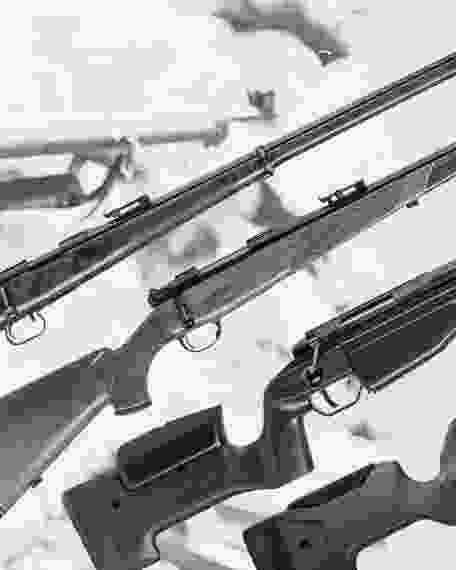The rifles that shaped the industry
At times, a model comes along that stands the test of time and leaves a lasting impression on the industry. Original design, special details or introduction of ground-breaking technology have led to success of many Sako rifles. Here are our legendary models.
Sako Legendary Rifles
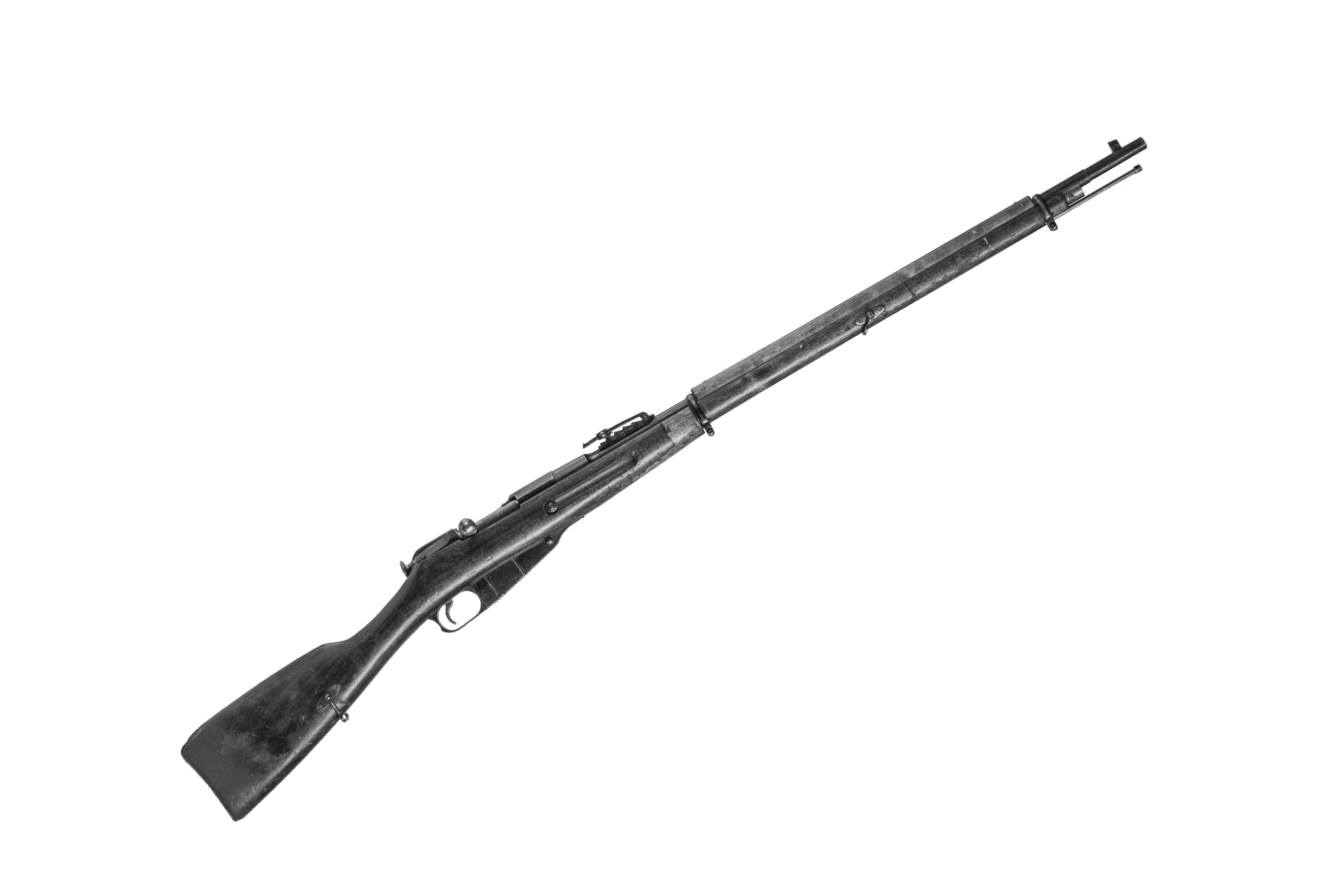
Sako Lotta Rifle (1923)
In 1923, the Lotta rifle, i.e. the m/24 model, became the first rifle assembled as a mass production in Sako’s factory. The name of the rifle comes from the voluntary organisation Lotta Svärd which had an important role as a supporter of Finnish national defence. The organisation raised funds for things such as the purchasing of new barrels and repairing of old weapons. The new barrels were procured from Switzerland. The gun was extremely accurate, thanks to the thicker barrel and the barrel’s inside dimensions which were tighter than those of the original m 1891.
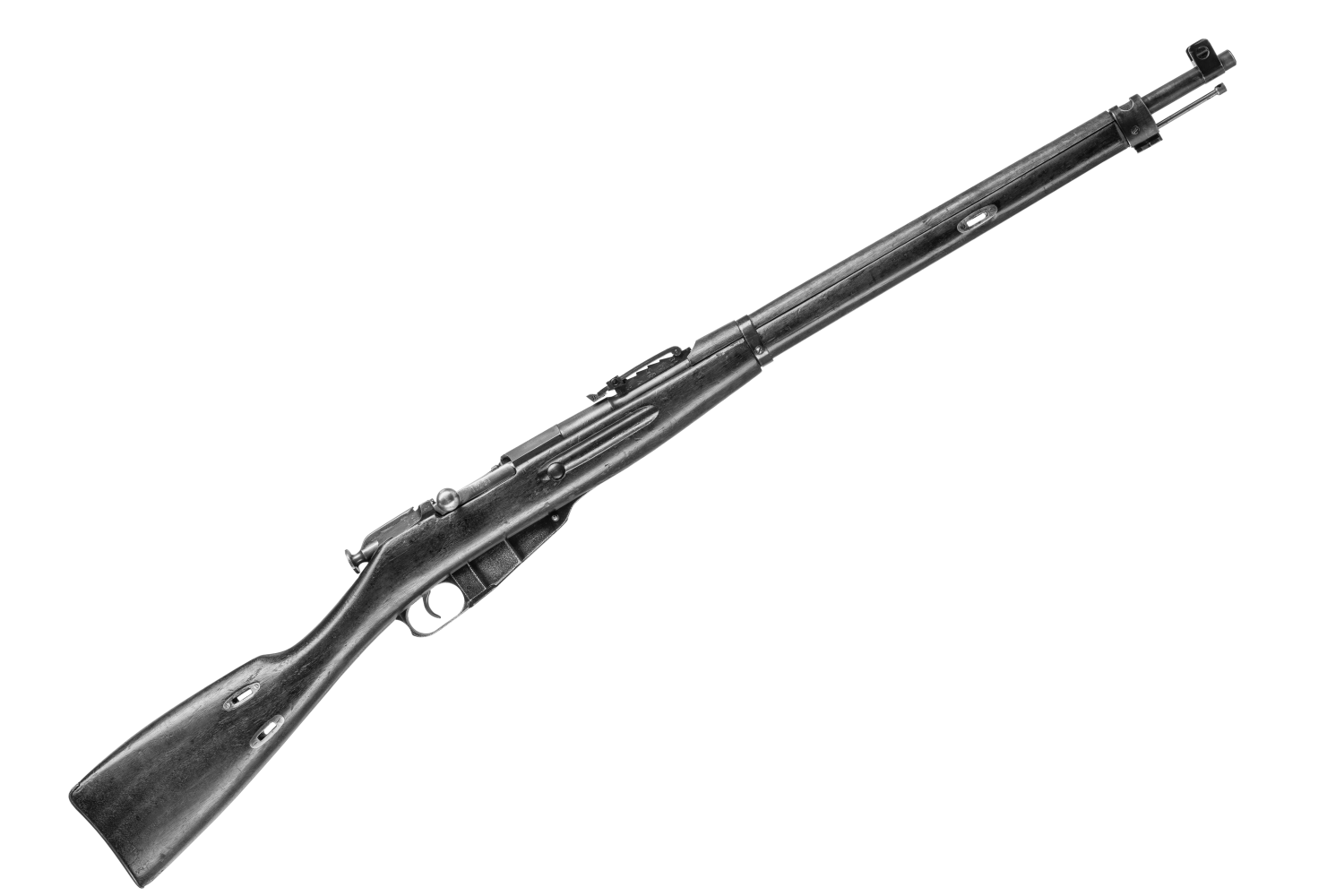
Sako Pystykorva M28 'The Spitz' (1928)
The reformed weapon model of the Mosing-Nagant m. 1891 of Suojeluskuntain ase- ja konepaja (“The armory and engineer works of the White Guard”). One of the most significant developmental steps of the White Guard’s M-28 was the protected front sight. This front sight had already been used in the infantry rifle M-27. Thanks to the sight model, the rifle was nicknamed ‘the Spitz’ and the first Spitz was the M-27 from which the name spread to and lived on in later models. The M-28 rifle, or more familiarly ‘the Spitz’, proved to be even better than similar weapons being used by the defence forces, in terms of its quality.
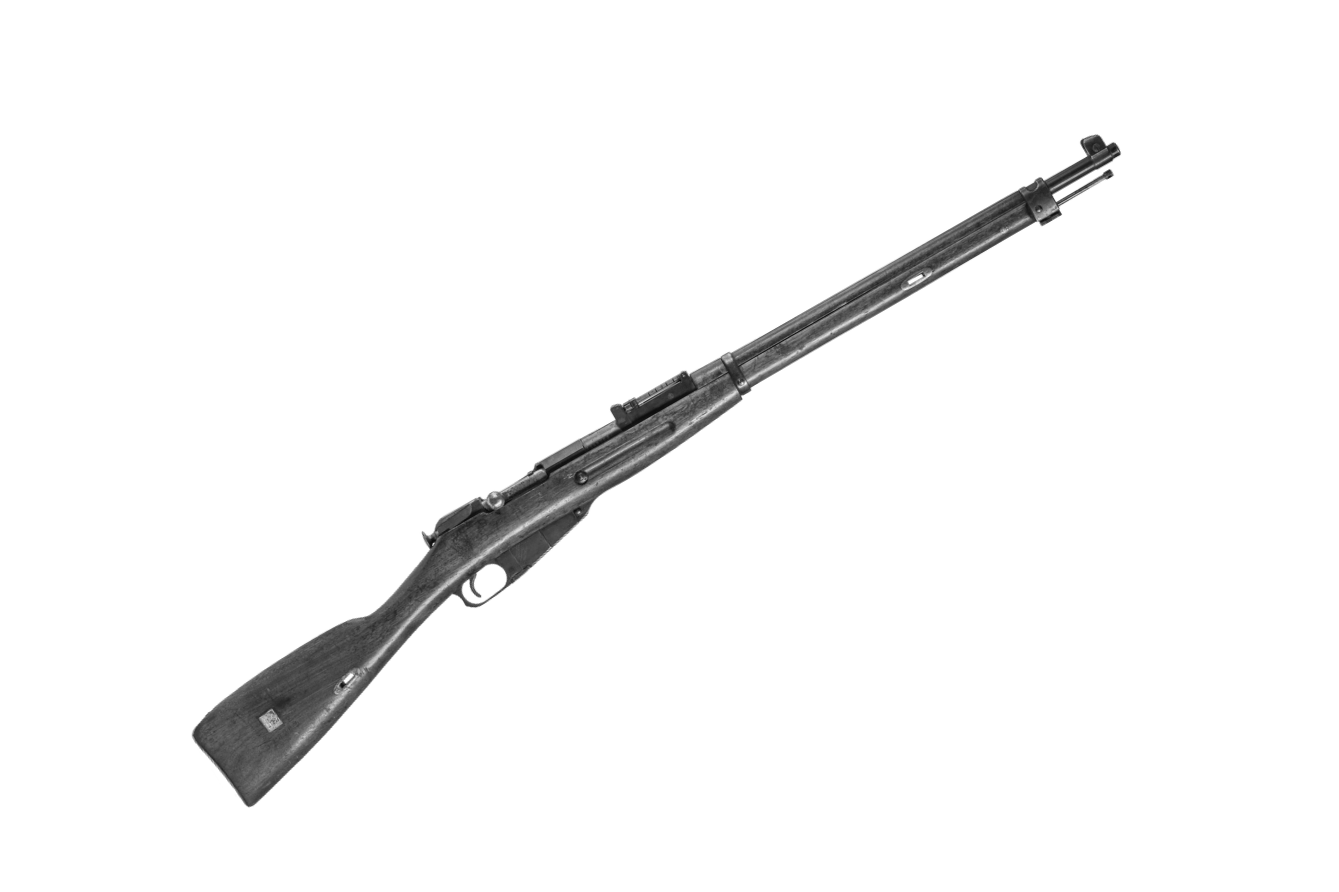
Sako M/28-30 (1937)
The reformed weapon model of the Mosin-Nagant m. 1891 of Suojeluskuntain ase- ja konepaja (“The armory and engineer works of the White Guard”). The rear sight of this model was developed by Harry Mansner. The early production used the M-28 front sight, but later on came the model in which the front protector had been widened and the sight’s horisontal adjustment had been implemented with extremely precise adjustment screws. The barrels are made of Finnish steel. It was a significant acknowledgement for Sako that in the World Championships of 1937, all rifle sports used the M/-28–30 rifles.
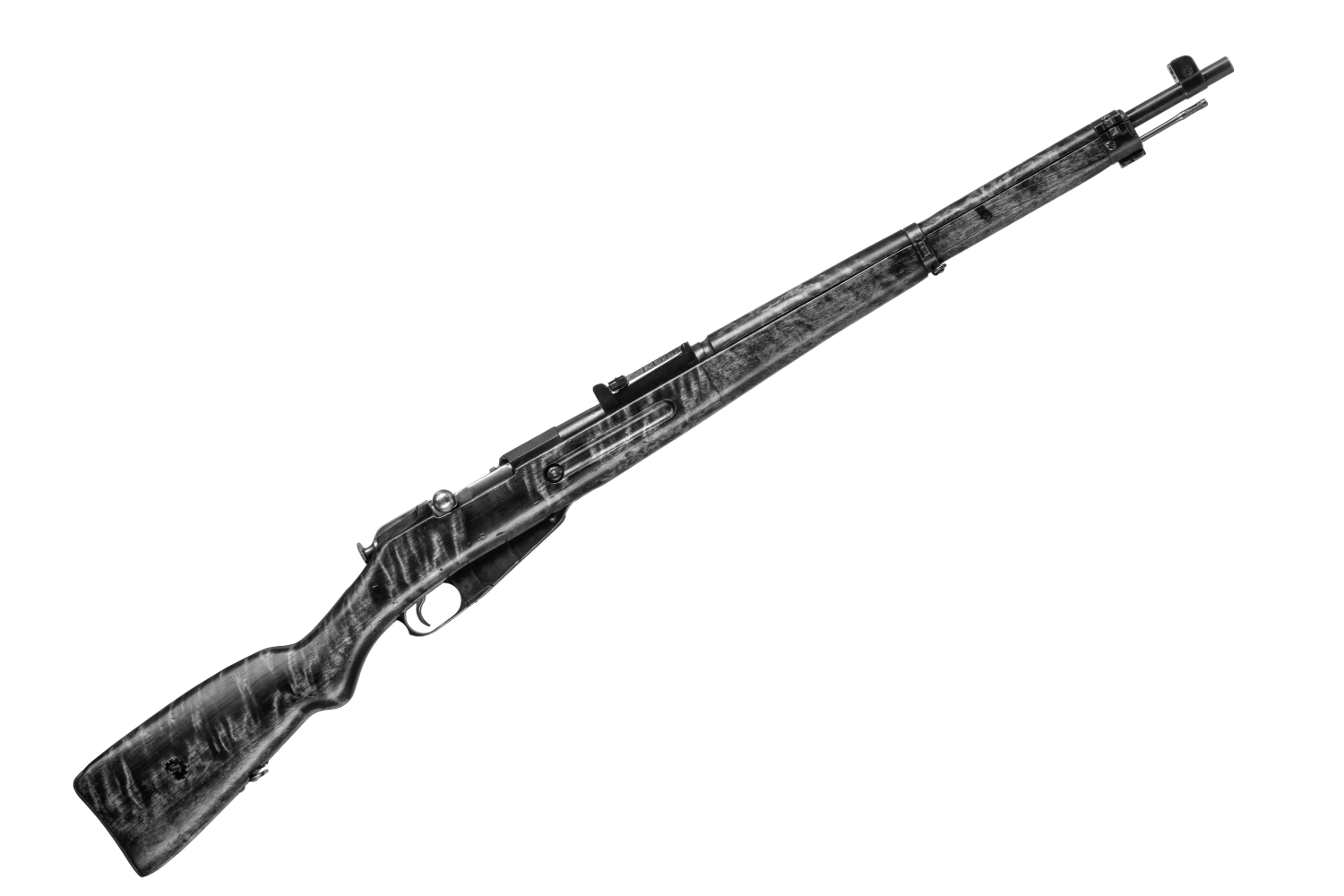
Sako M39 Ukkopekka (1939)
A weapon of the White Guard and the infantry, it was developed from the Mosin-Nagant m. 1891 rifles of Sako Oy and the Finnish army and named after P.E. Svinhufvud, the third president of Finland. P.E. Svinhufvud was elected the first Chairman of the Board of Sako in 1927. What separates Ukko-Pekka from the Spitz is the different frontend and the redesigned stock with a grip and a buttstock belt fastening that does not go through the stock. The barrel is lighter and its inside dimensions are more spacious so that the gun is more appropriate for shooting Russian cartridges obtained as spoils of war. For the same reason, a thicker and heavier 13g D-166 bullet was developed for the M-39.
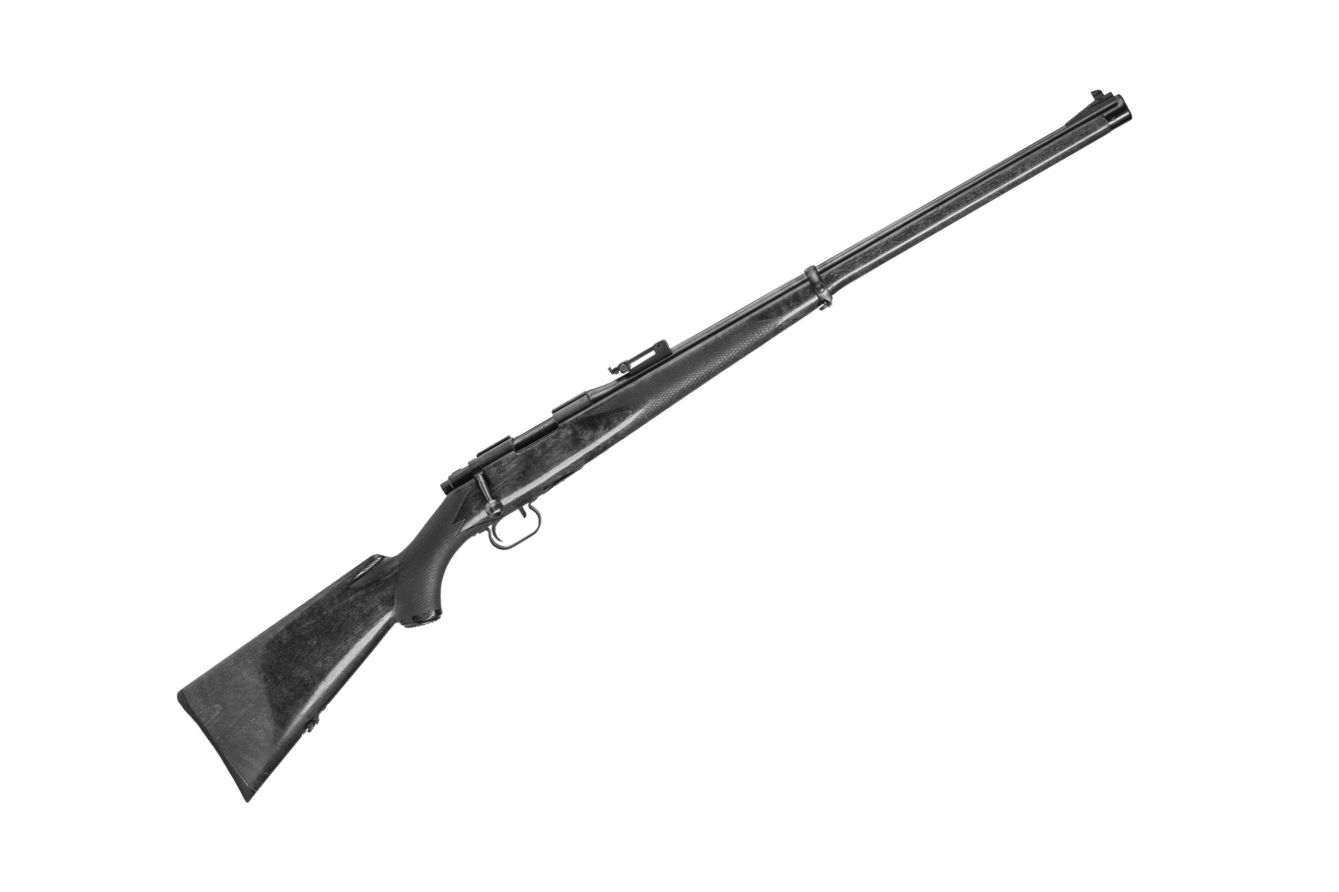
Sako L46 (1946)
The L46 hunting rifle conceived during the war was introduced into production in 1946. It was well-received in Finland, the Nordic countries and western Europe. The most significant breakthrough was Sako’s entry into the US market. Jan Winter, an agent of the American company Firearms International, had acquired a Sako L46 and was ready to sell it in the USA. Thanks to the L46, Sako’s US exports increased every year in the 1950s and in 1953, the result surpassed even domestic sales and the United States became Sako’s most significant export destination country. The L46 is Sako’s first own rifle model in which the lock was designed to meet the requirements of Sako’s first own calibre 7x33 developed at the same time. The L46 is a rifle designed for hunting birds or small game and 7x33 is the calibre appropriate for it. The gun also has a detachable magazine, which was rare for the civilian weapons of the time when the L46 was designed. The first model to use the Sako’s trademark binocular mount that widens forward.
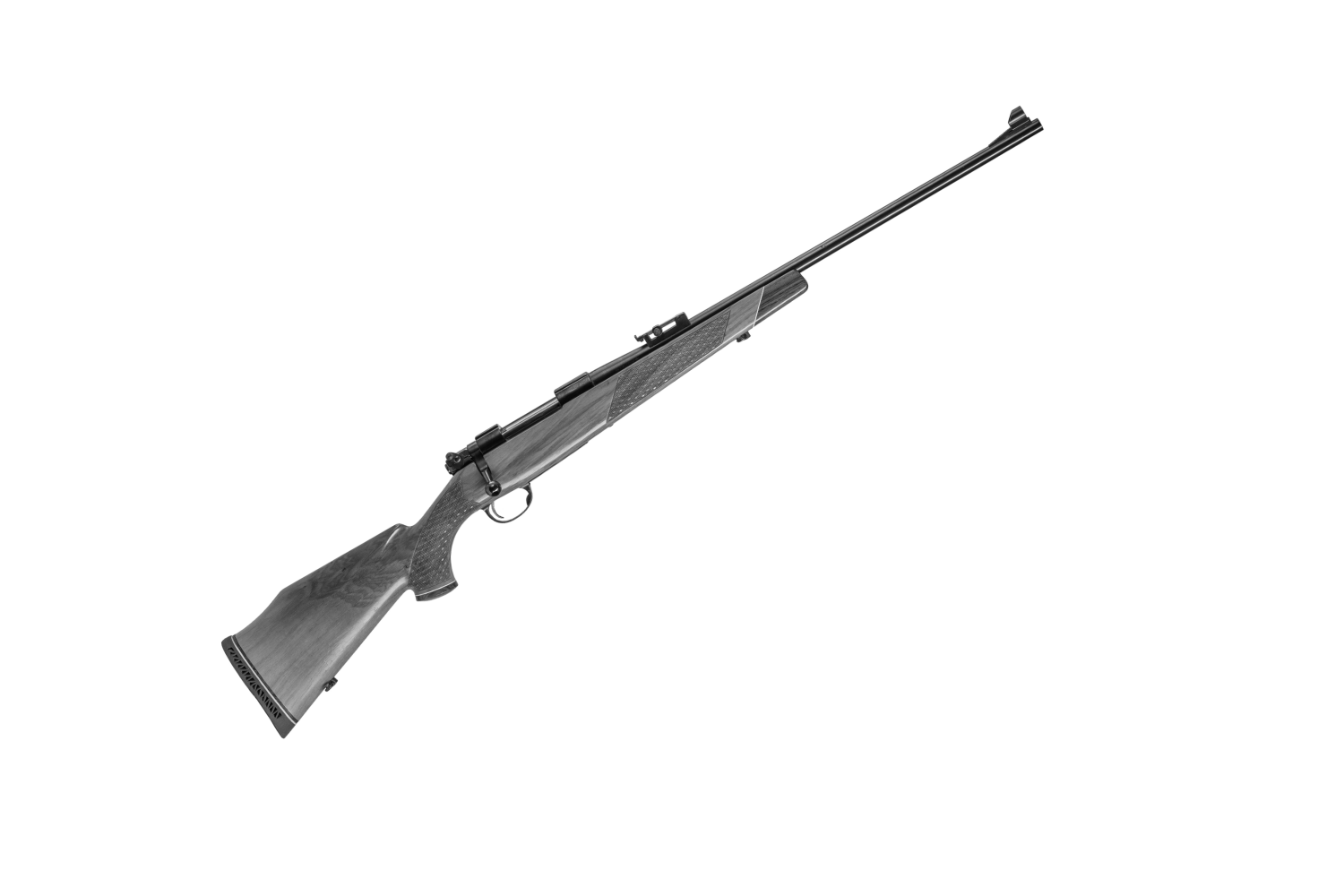
Sako L57 (1957)
A hunting rifle designed for medium-sized game, such as deer, with its own locking lugs to suit the calibres .308 and .243 that were becoming globally popular at the time. The hunting rifle’s firing pin safety was similar to the one in the Sako L46 hunting rifle. The firing pin safety, a lever that moves back and forth, is located in the back part of the lock and when it is in the back position, the safety is on. The gun has a fixed magazine for six cartridges. Thanks to this model, Sako’s US sales grew even more than before.

Sako L461 Vixen (1961)
A light hunting rifle designed for small game. It was developed from the Sako L46 model. The calibre selection was expanded. The detachable magazine was turned into a fixed magazine with a bottom that has hinges on the front. The model was in production for a long time, about 30 years.
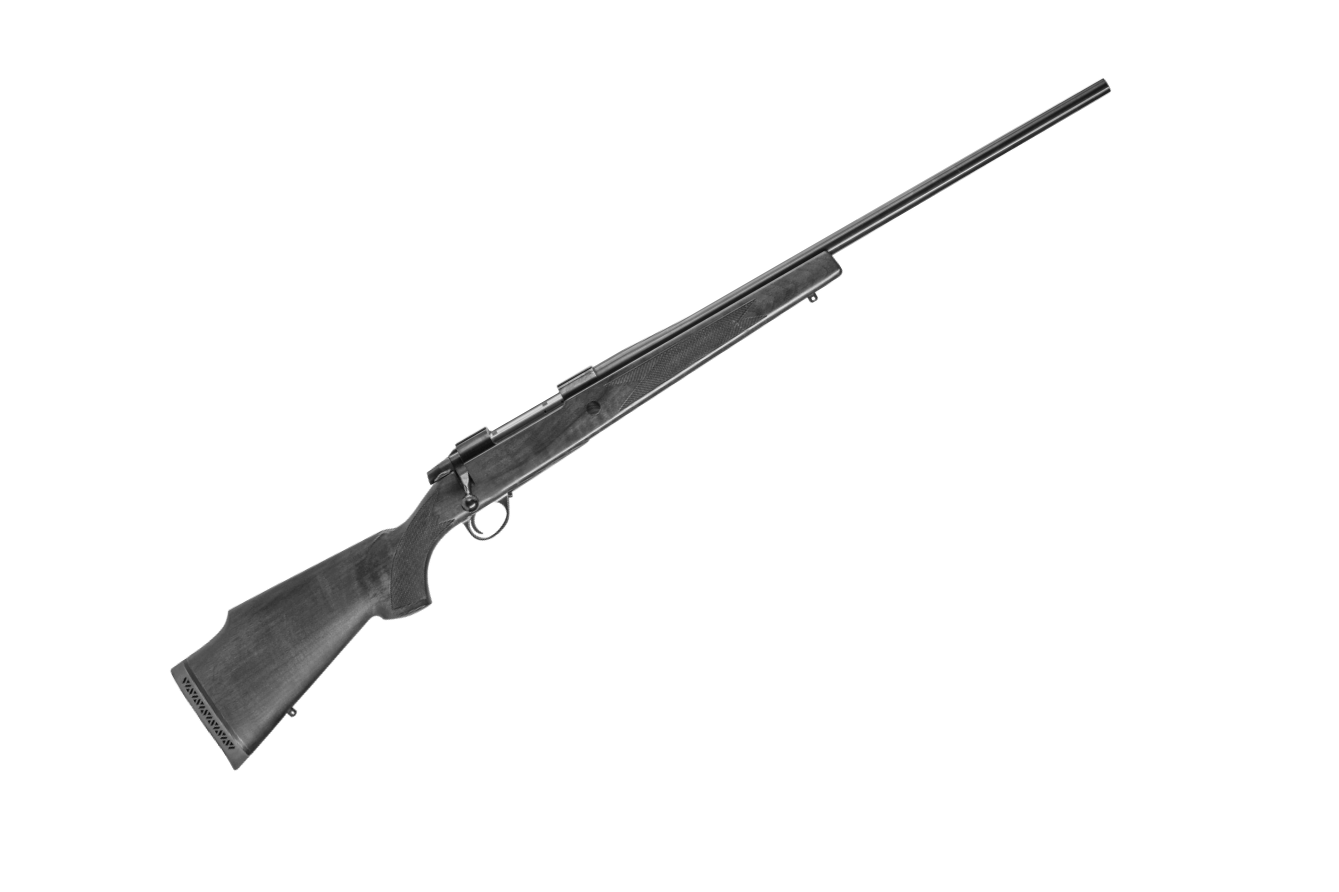
Sako L61R Finnbear (1961)
The model developed for big game hunting in 1961 was the first rifle manufactured to be compatible with Sako’s own lock. The L61R Finnbear is every hunter’s trusted weapon that is traditional, reliable and has a two-baffled muzzle brake.
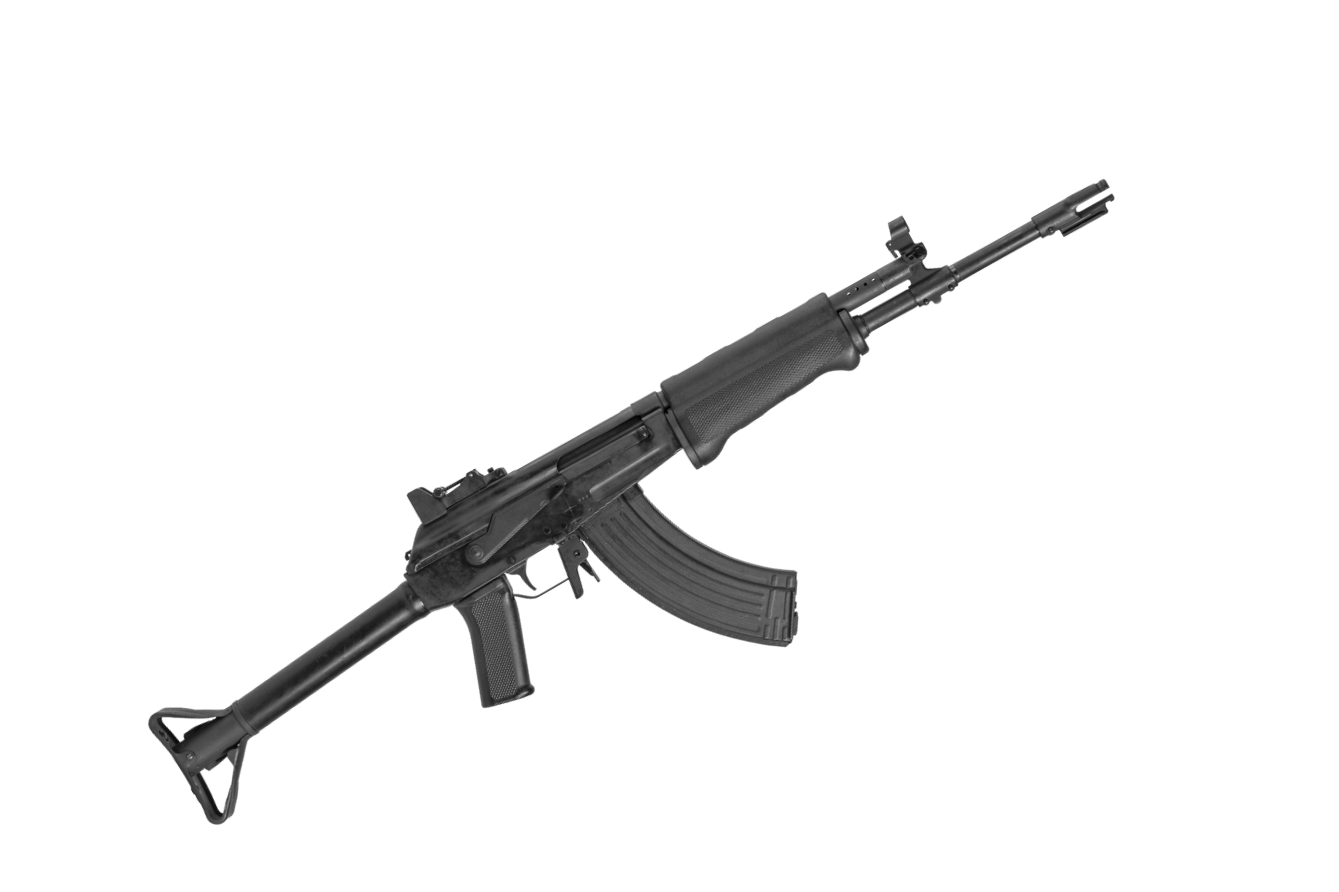
Sako/Valmet RK 62 (1962)
The assault rifle RK 62 developed together with the Finnish Defence Forces was manufactured in both Valmet’s Tourula factory and Sako’s Riihimäki factory. In the 1970s, RK62 was the service weapon used by every conscript.
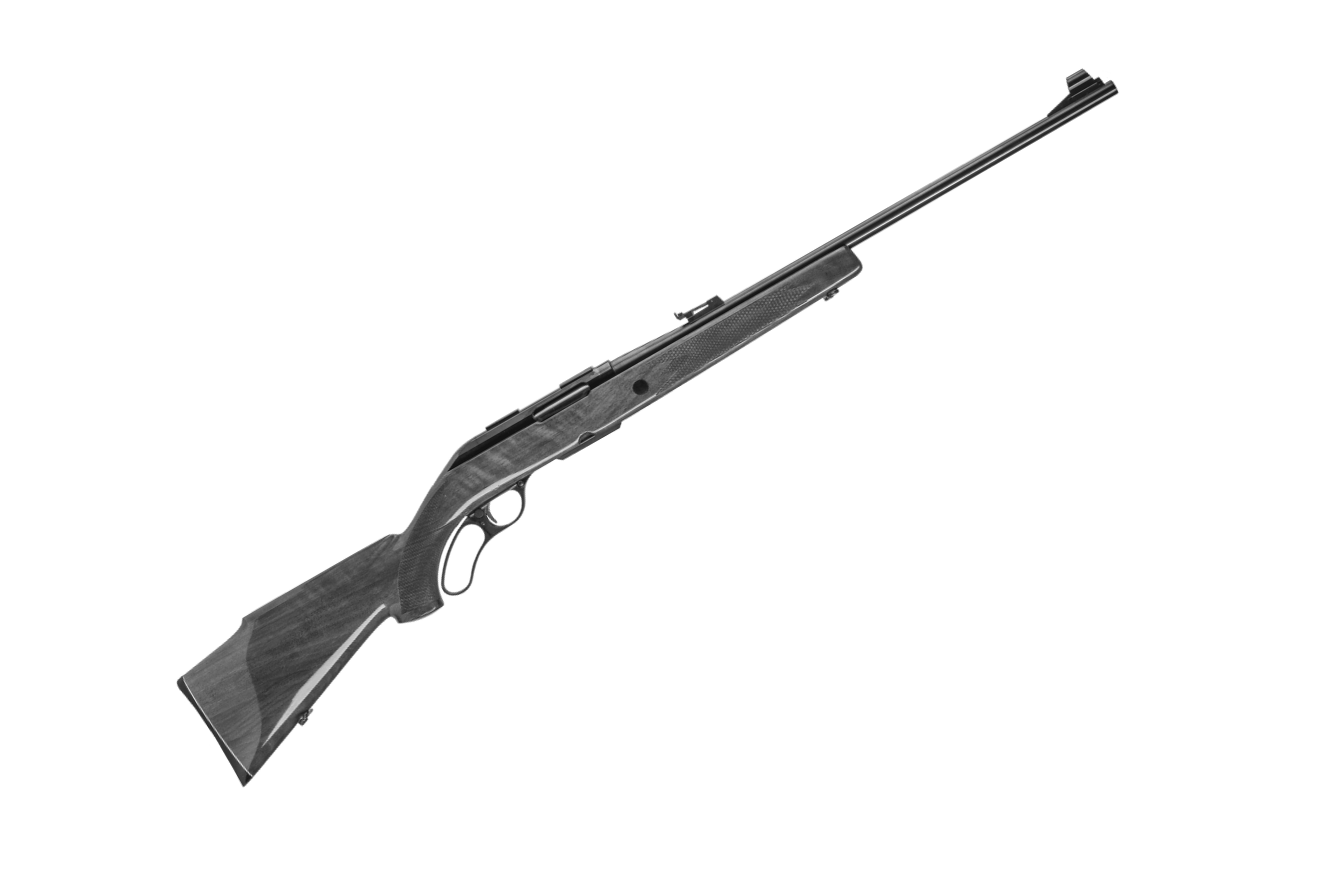
Sako VL63 Finnwolf (1963)
As Sako’s rifle imports grew, especially in relation to the US, the market expressed its interest in a rifle with a lever lock. The designing of the new weapon began in 1958. The VL63 was Sako’s first rifle that both right- and left-handed shooters could use, thanks to its lever lock.
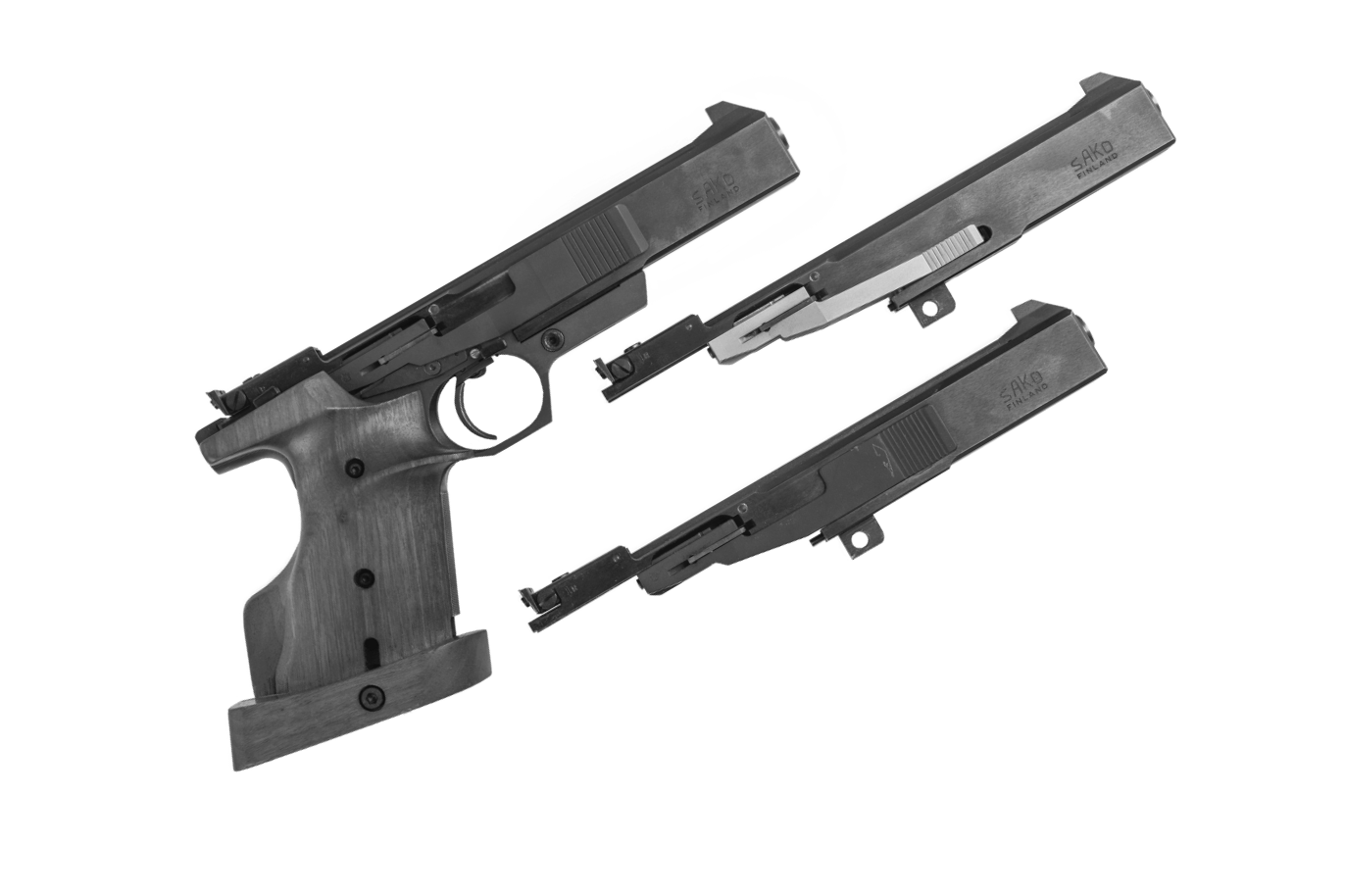
Sako Triace (1980)
A semi-automatic pistol designed for Olympics, regular and sport pistol shooting that has convertible calibre and a changeable barrel slide for the stock. The accurate pistol was manufactured with a wooden grip that could be adjusted according to the size of the shooter’s hand. The firing pressure changes automatically to suit different sports when the calibre is changed.
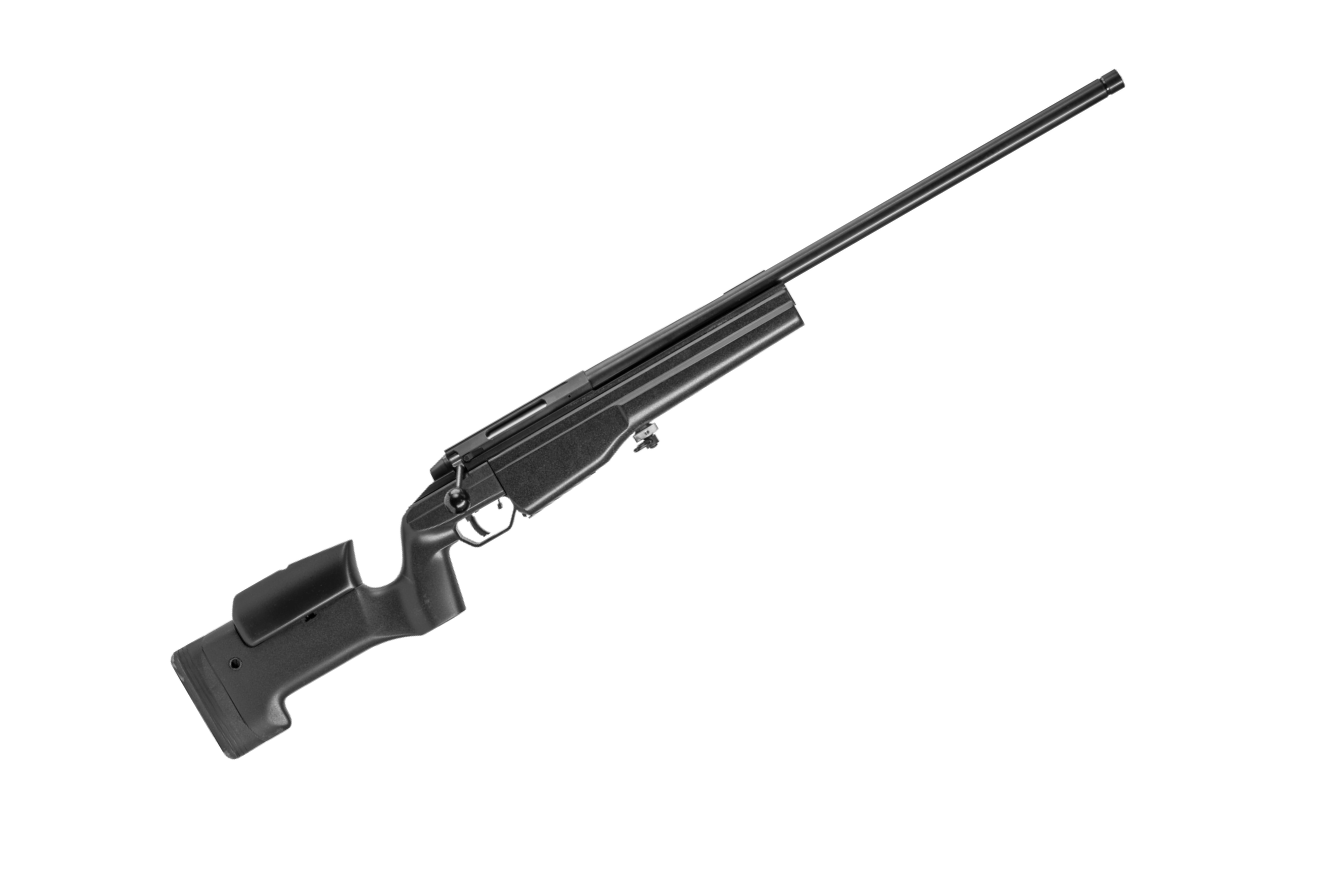
Sako TRG-21 & 41 (1989)
Sako’s first target rifle model, suitable for both target shooting and law enforcement use. The very successful and recognised models Sako TRG-22 and 42, widely used by law enforcement around the world, are based on this model. The modular structure has a bolt lock in which the parts are connected from the aluminum frame to the stock rail.
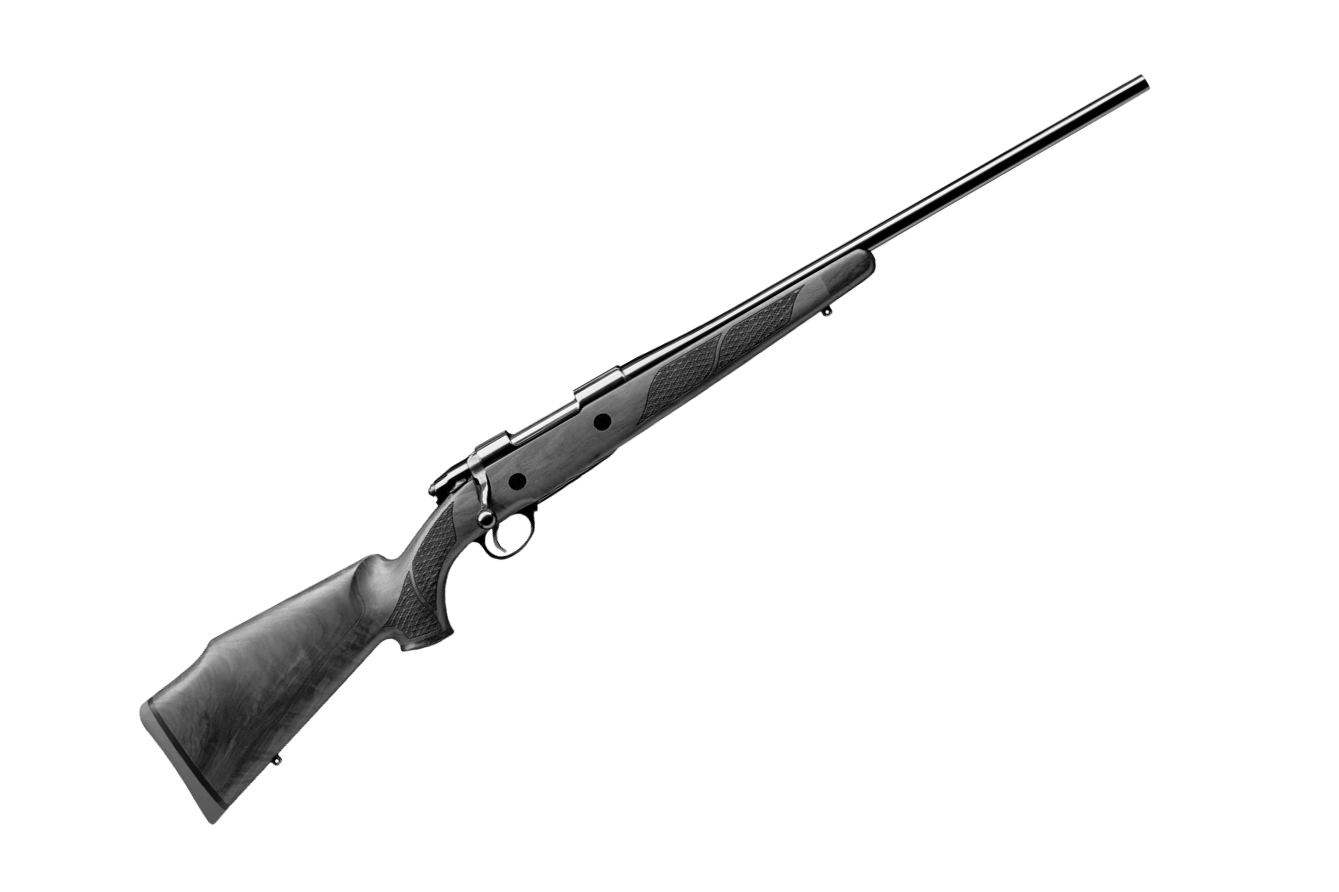
Sako 75 (1997)
Sako’s 75th anniversary was celebrated with a new weapons range. The Sako 75 product range, which was the result of the largest product development project in Sako’s history, was extremely successful. Sako felt that all the hunting rifles manufactured prior to it had more or less been based on the first hunting models designed after the war. The aim was to use the new range to make, for the first time, a completely new weapon construction. This time, they began with a clean slate. In preparation for that they carried out exceptionally comprehensive user surveys, based on which the designing of the weapon was started. The new range had significant technical reformations. The reliability of operation was improved by the three locking lugs and mechanical ejection of the shell. As a result of the user surveys, the range included a synthetic stock with a rubber-like grip surface. Additionally, the Sako weapons had entirely rustproof metal parts for the first time. The detachable magazine was also a new feature. The good reputation and support, the sales and success of the Sako 75 range brought for the company brand, can be seen as a special milestone.
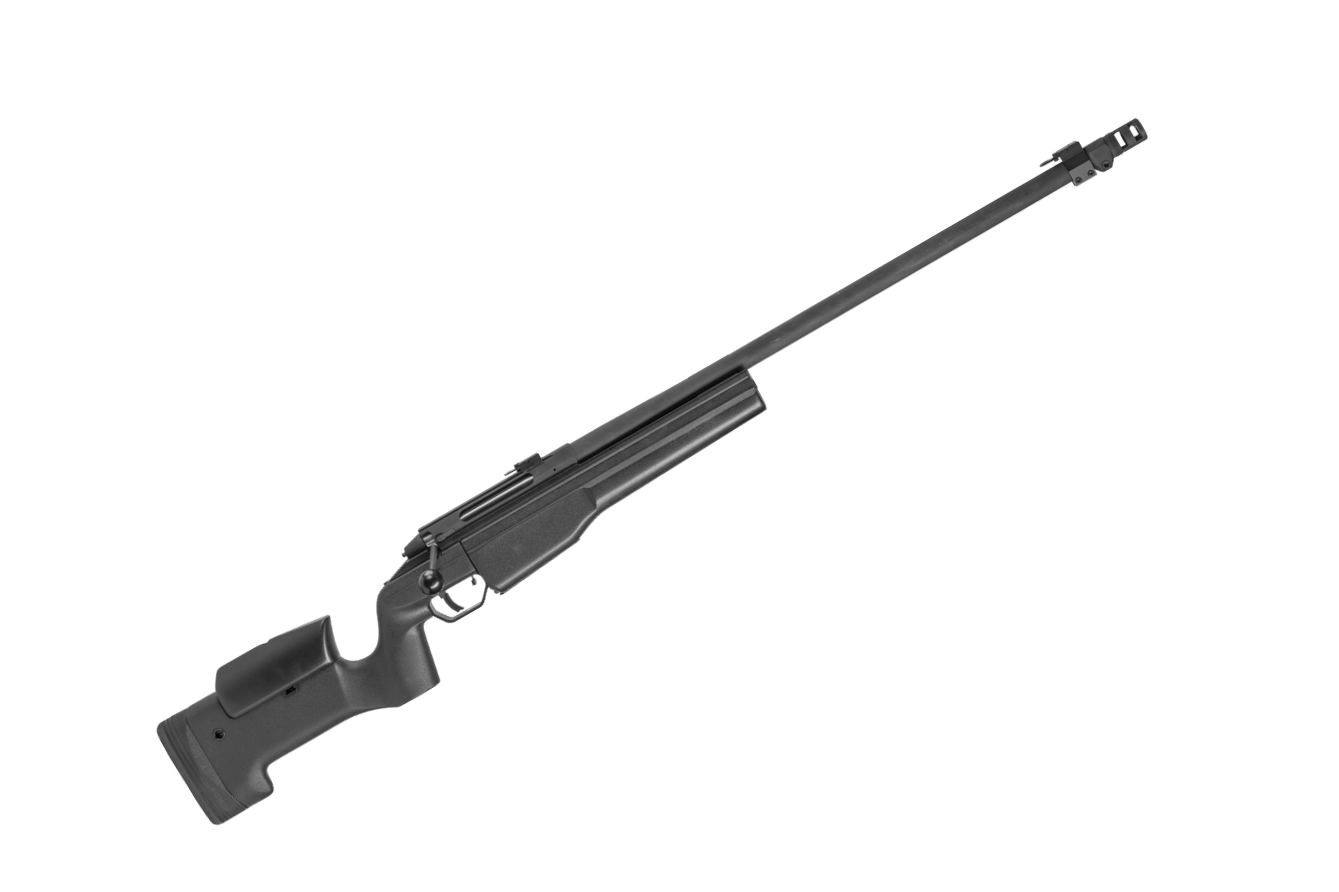
Sako TRG-22 & 42 (1999)
The development project was carried out in cooperation with the Finnish Defence Forces. The Sako TRG-22 and 42 are widely used by law enforcement around the world. The law enforcement models are based on the basic model available in the civilian market, but almost every delivery to the authorities has been tailored in some way.
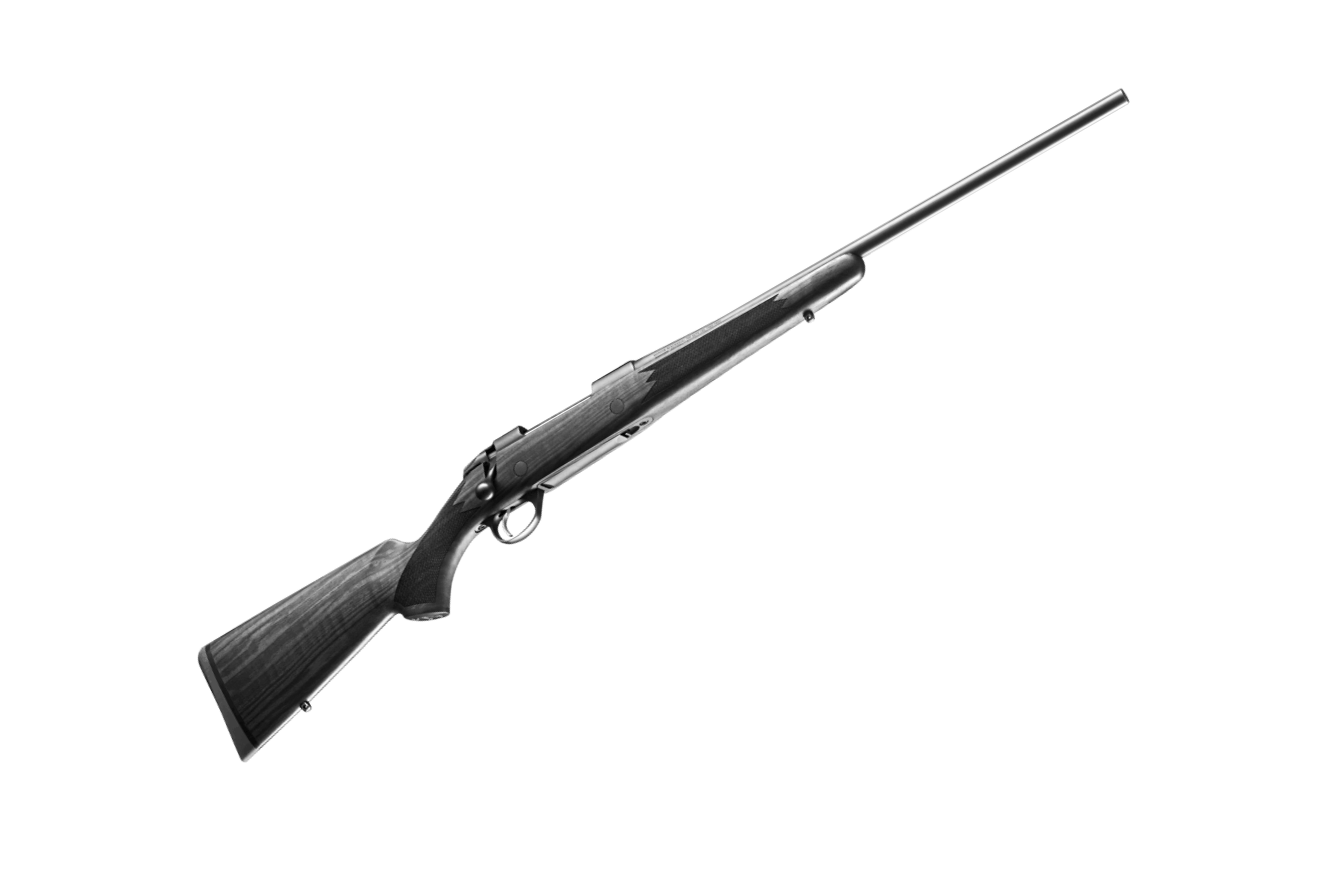
Sako 85 (2006)
In 2006, which was ten years after the previous large launch of Sako hunting rifles, a new Sako 85 range was introduced into the market. It was largely inspired by the Sako 75. The majority of the changes were based on the new manufacturing techniques, especially in relation to the manufacturing of the main components. The Sako 85 range has six different lock sizes to ensure optimal calibre operation. Other changes to the weapon, such as improved lock control, the so-called “stick safety” of the magazine and the forced feeding of cartridges, were made on the basis of the feedback.
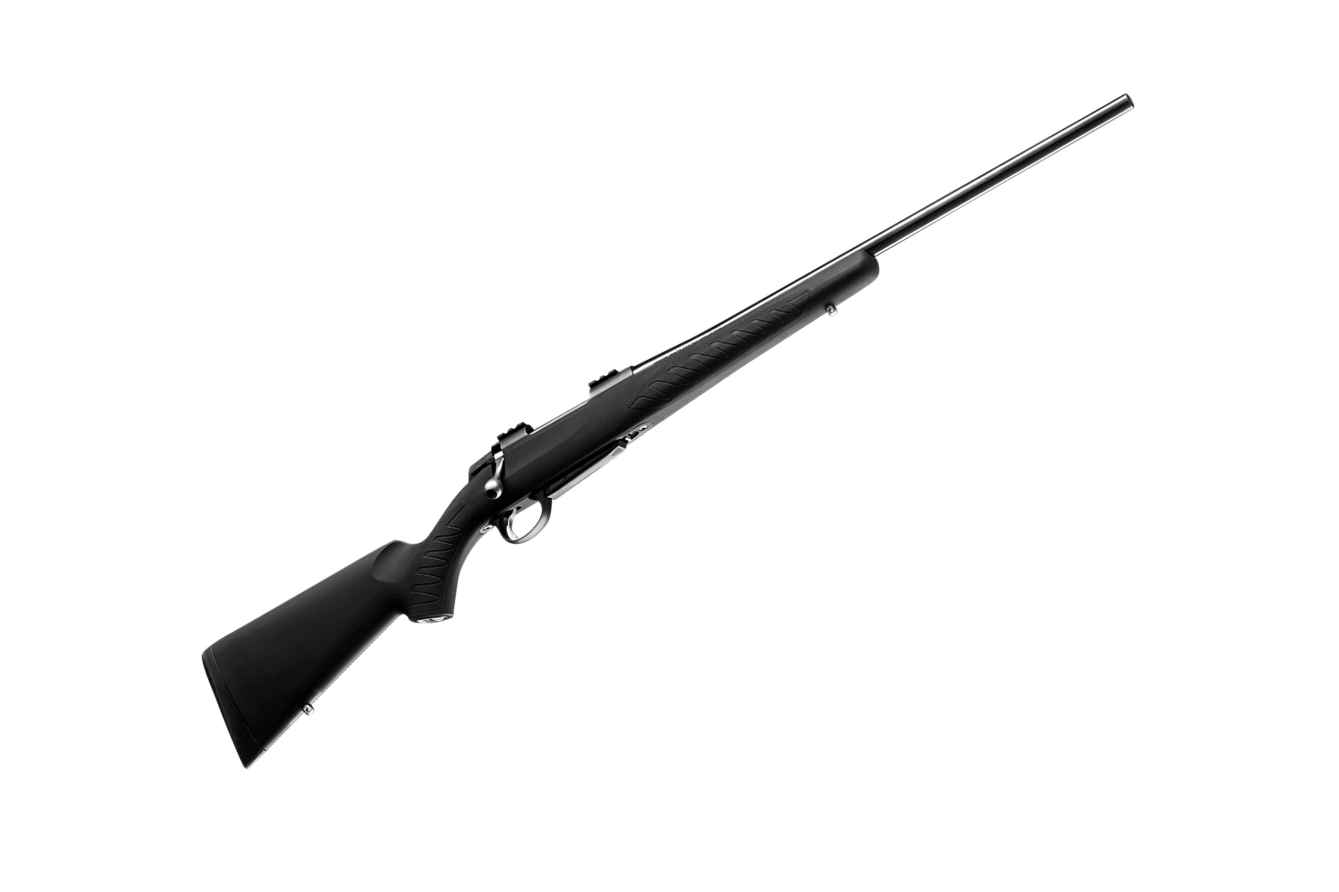
Sako A7 (2008)
Designed for the US market as a product of the medium price segment. Between the Sako 85 and Tikka T3 ranges. The Sako A7 model has, among other features, a lock with a three-baffled muzzle brake, detachable magazine that is loaded from above and which feeds from the middle, and the Weaver-type binocular mount fastened with screws.
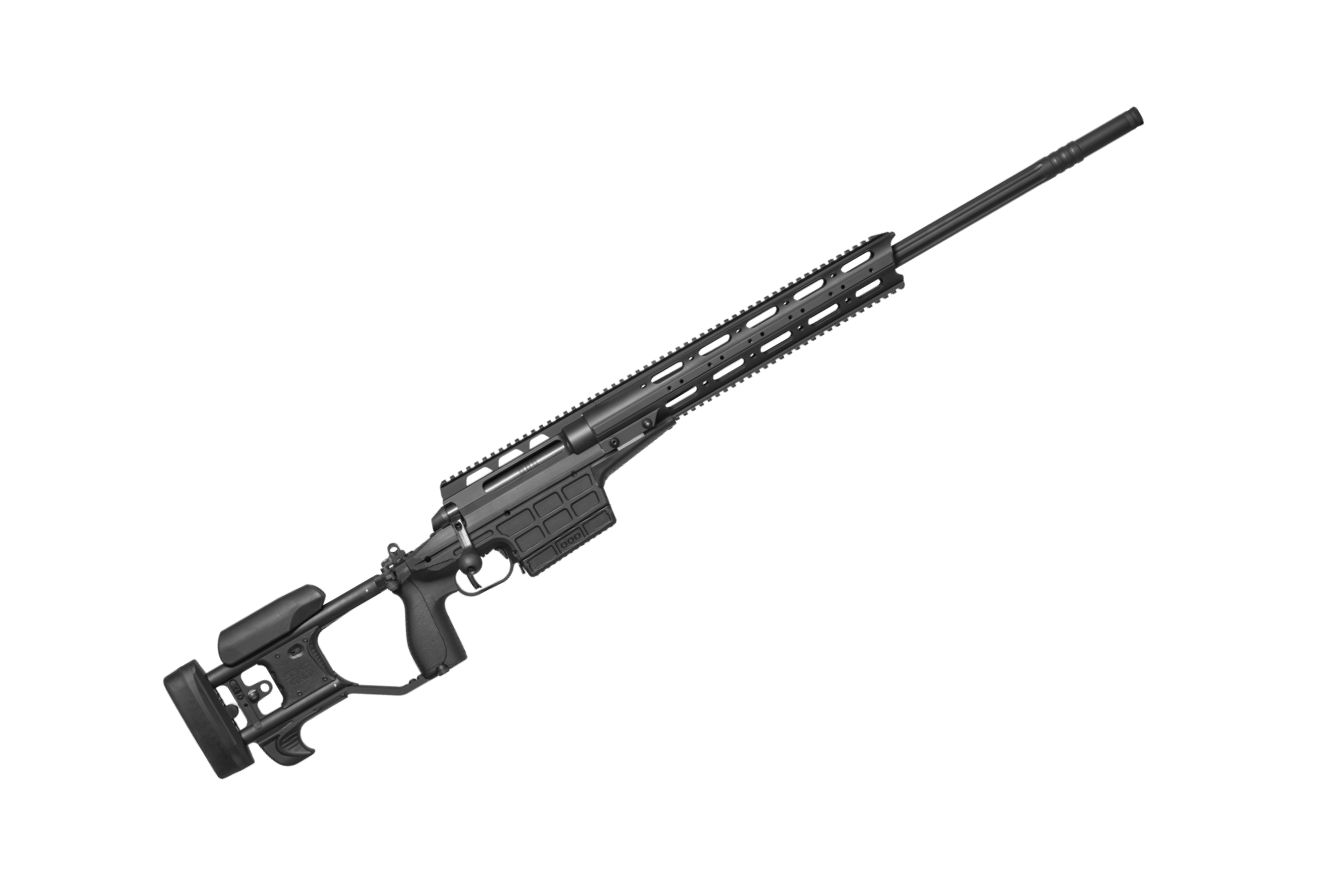
Sako TRG M10 (2011)
The Sako TRG M10 is a bolt-locked modular target rifle. The calibre of the rifle can be adjusted by changing the barrel, lock and magazine. The weapon has a folding buttstock whose ergonomic features can be adjusted versatilely. The cheekpiece and the controls of the drag length are spring-loaded so that the shooter does not need to change their shooting position to adjust them. The compatibility with different calibres enables shooting with different calibres. The Sako TRG M10 is a next-generation target rifle built on top of the good reputation of the Sako TRG models.

